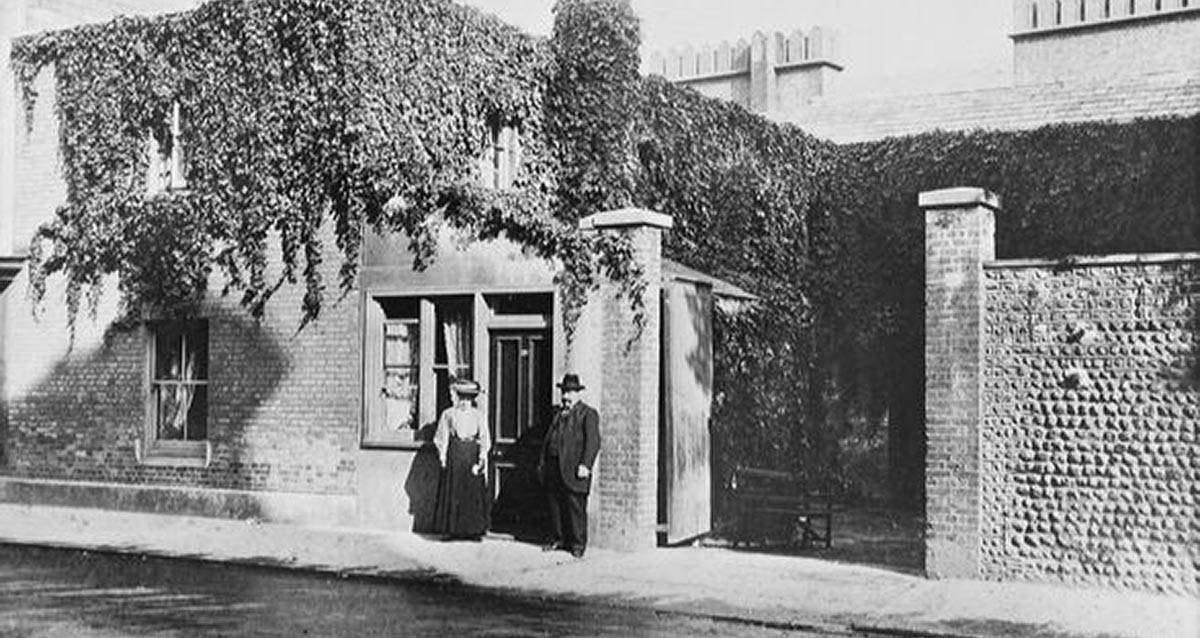The website holds four types of historic records about the population of Brighton & Hove that lived Here in the Past, as well as street histories and stories drawn largely from these resources.
The four types of record:
1) Street and trade directories from 1799 to 1975.
2) Census returns for each decade from 1841 to 1911.
3) Electoral registers from 1855 to 1921.
4) Burial records from 1813 to 1846.
By digitising this data and making it searchable, the system offers what we call the three axes of information: person, place, time. In other words, it puts a named individual at a specific location on a recorded date.

For example, if we search for the name Augustus Blume, we can find each of the places he has lived in the past. Conversely, if we search on one of those places, we can see if and when Augustus Blume lived there.
This helps researchers to follow an individual as they moved from place to place, or compile a list of all previous occupants for a specific address.
The records on the website have been obtained in various ways:
- Many of the archive records were photographed then transcribed into data sets by our team of dedicated volunteers.
- Our own Royal Pavilion & Museums made available over 100,000 street directory pages.
- The British Library partnered us in providing the electoral register information.
- Lord and Lady Teviot generously provided the product of their many years of work spent gathering the burial records.
Bringing this information together provides a resource capable of revealing much about the occupation and use of a street or neighbourhood.
To make the experience of searching and discovery as rich and informative as possible, the Population Data held on the site will be continually expanded. As well as more records of the types already mentioned, data from other sources will also be included, such as rate books, insurance records and telephone directories.
While the raw population data is fascinating in itself, by supplementing the this with additional research we are able to reveal more detailed insights into the people and locations of the past. Examples of this work can be found in the section Storytelling.
As well as researching and writing the stories, we like to embrace new technologies to supplement the experience and take it to new audiences. To do this we are experimenting with mobile computing, locative technologies and augmented reality software; for more about the science of storytelling and our collaboration with researchers at University College London, see: VisAge - new ways to tell stories.
